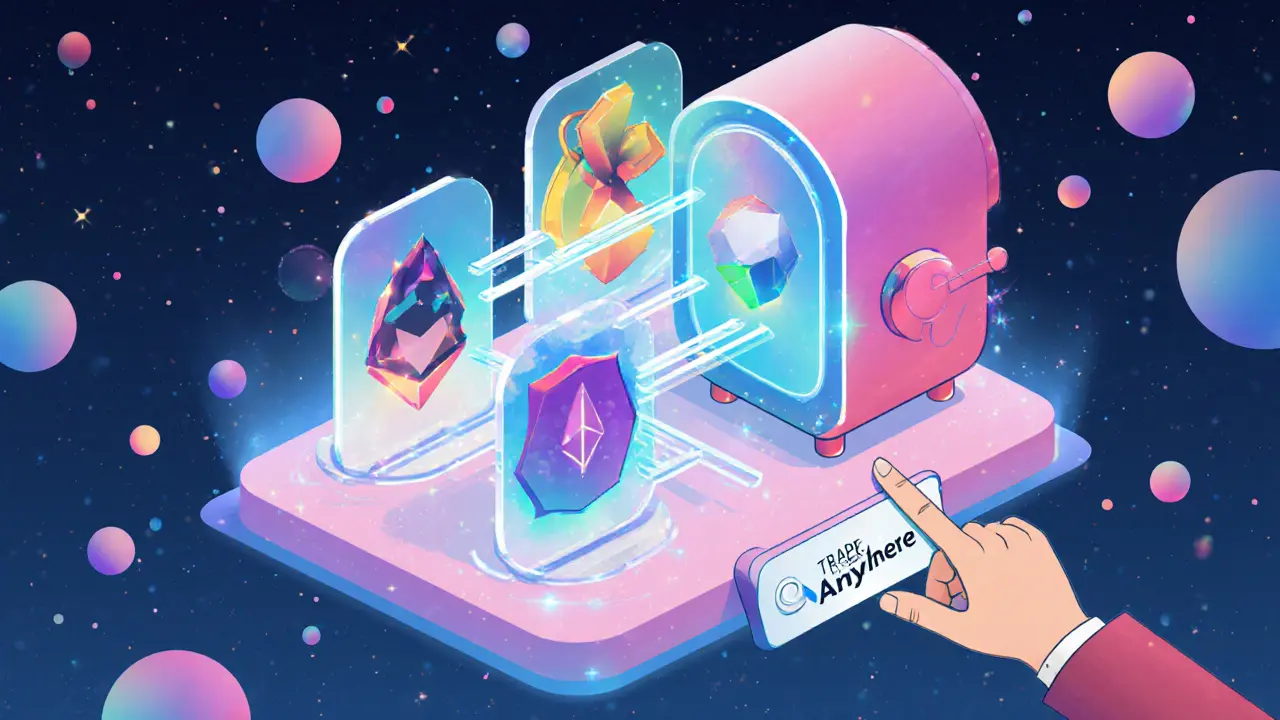NFT Marketplace 2025: What’s Working, What’s Dead, and Where to Look Next
When we talk about NFT marketplace 2025, a digital platform where unique blockchain-based assets are bought, sold, or traded. Also known as NFT trading platforms, it’s no longer just about JPEGs of apes or pixel art—these marketplaces now power real ecosystems like gaming, identity, and community ownership. The hype of 2021 is gone. But that doesn’t mean NFTs died. It means the survivors are the ones that actually solved problems—like giving players real control over in-game items, letting creators earn from secondary sales, or letting fans own a piece of a brand’s future.
Today’s working NFT marketplaces don’t just list tokens—they connect them to something useful. Take AI-enhanced NFTs, digital collectibles that change based on user behavior or interaction. Also known as dynamic NFTs, these aren’t static images—they evolve. IguVerse’s IGU tokens, for example, turned social activity into AI-powered pet NFTs that grew as users played, shared, or logged in. That’s not a gimmick. That’s a reason people keep holding. Then there’s blockchain gaming, games where in-game items are owned by players as NFTs. Also known as Play-to-Earn, this model replaced empty promises with real utility: you don’t just spend money on a sword—you own it, trade it, or sell it across platforms. And yes, airdrops still happen—but the smart ones aren’t just giving away free art. They’re rewarding participation, like how TopGoal gave out football-themed NFTs tied to real fan engagement, not just wallet addresses.
But here’s the truth: most NFT marketplaces in 2025 are dead. Landboard’s token? Worthless. SMAK? Gone. And those fake airdrops promising free NFTs from CoinMarketCap? They’re scams. The ones that last are the ones built on real demand—not speculation. You’ll find them in places where users actually trade, where developers ship updates, and where the community isn’t just waiting for the next pump.
What’s left in 2025? Marketplaces that treat NFTs like tools, not trophies. Platforms where your digital item works across games, where royalties actually go to creators, and where ownership isn’t locked behind a paywall. The posts below show you exactly which ones still matter, which ones are fading fast, and how real users are making money—not just chasing hype.
Cross-Chain NFT Marketplace Support: Trade Across Blockchains Without Switching Platforms
Cross-chain NFT marketplaces let you trade digital assets across Ethereum, Solana, Polygon, and more without switching platforms. Discover how they work, which ones lead in 2025, and why staying on one chain limits your profits.
Details +